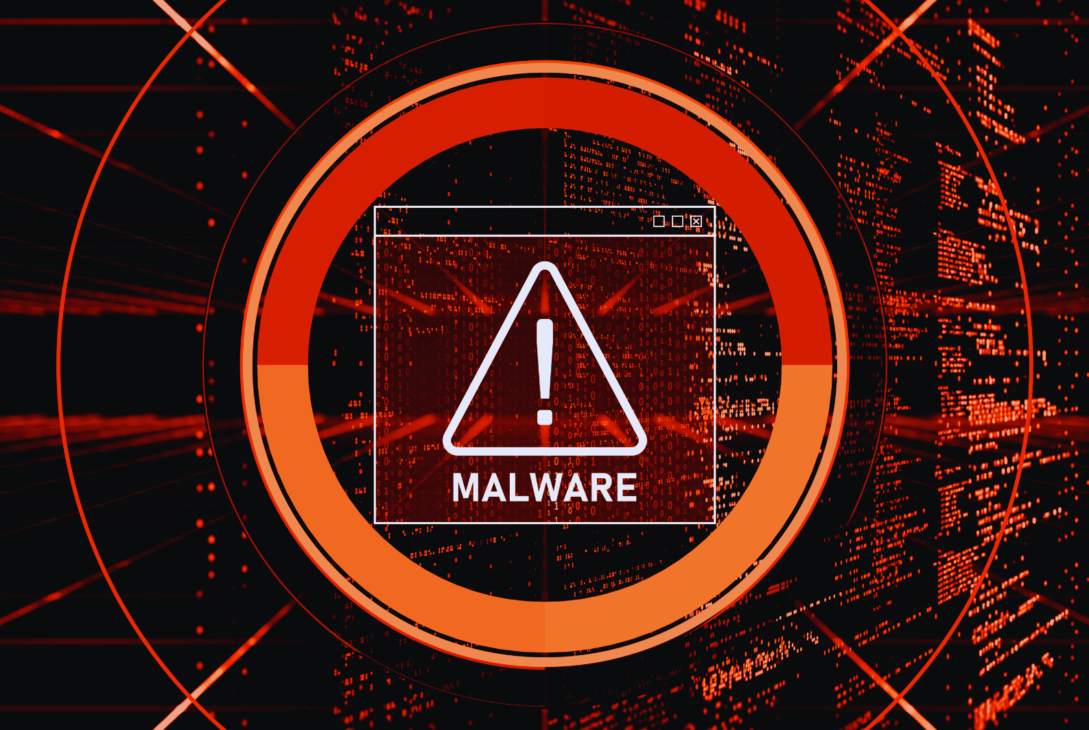The digital threat landscape is undergoing a significant, even alarming, transformation. This change is driven by the unprecedented proliferation of newly registered domains (NRDs). Recent analyses, which leverage real-time DNS data and threat intelligence feeds, reveal a disturbing trend: a substantial uptick in malicious domains registered specifically for cybercrime activities. This surge surpasses previous projections and absolutely demands immediate technical attention from security teams everywhere.
We’re no longer just talking about simple attacks. Cybercriminals are constantly evolving their tactics, making traditional blacklist approaches less effective. It’s time to understand how to proactively identify this dangerous infrastructure.
Key Findings: The Evolving Threat of Malicious Domains
Let’s dive into what we’re really seeing out there in the wild. The threat actors are getting smarter, and we need to keep pace!
Explosive NRD Growth & Evasion Tactics
Data indicates a significant surge in NRDs. What’s more concerning is that a substantial percentage of these domains exhibit characteristics indicative of malicious intent within mere hours of registration. This rapid deployment necessitates automated, near real-time detection and mitigation strategies. Furthermore, threat actors are increasingly leveraging complex domain generation algorithms (DGAs) and fast-flux techniques. Why? To evade those traditional blacklisting and detection mechanisms. This means we now require advanced analysis of DNS patterns and behavioral anomalies to spot them.
Sophisticated Attack Vectors Emerge
Phishing campaigns, for example, are truly evolving. Threat actors are employing homoglyph attacks (using similar-looking characters) and typosquatting (registering misspelled versions of legitimate domains) on a massive scale. To make matters worse, the use of HTTPS on these malicious domains is also increasing, which ironically makes traditional certificate-based detection less effective for unsuspecting users.
Beyond phishing, malware distribution is also being facilitated through compromised or newly registered domains. Often, attackers leverage zero-day exploits and drive-by downloads. For this reason, security analysts should implement robust sandboxing and dynamic analysis to quickly detect these stealthy threats.
Finally, command and control (C2) infrastructure now relies heavily on ephemeral and disposable domains. This makes it incredibly difficult to disrupt their operations. Implementing network traffic analysis and machine learning-based anomaly detection becomes absolutely crucial to catch them.
DNS as a Critical Vulnerability Point
Our trusty DNS system itself is becoming a target. DNS tunneling and data exfiltration through DNS queries are becoming more prevalent. Network security teams must implement deep packet inspection (DPI) and comprehensive DNS query logging to identify and block these insidious activities. Also, we’re seeing DNS spoofing and cache poisoning attacks used to redirect unsuspecting users to malicious domains. Therefore, implementing DNSSEC and validating DNS responses are essential defense mechanisms for any organization.
Essential Mitigation Strategies for Technical Teams
Staying ahead of the bad guys requires proactive measures. Here’s what your technical teams should be focusing on:
- Real-time Threat Intelligence Integration: It’s no longer optional. Implement automated feeds that provide up-to-the-minute data on newly registered and, more importantly, known malicious domains. This helps you react immediately.
- AI-Powered Behavioral Analysis: Deploy machine learning models designed to detect subtle anomalies in DNS traffic, network behavior, and even domain registration patterns. AI can spot what humans might miss.
- DNS Security Enhancements: Beef up your DNS defenses! Enforce DNSSEC to validate domain authenticity, implement response policy zones (RPZ) to block known bad domains, and leverage robust DNS firewalls.
- Endpoint Detection and Response (EDR): Integrate your EDR solutions with DNS monitoring. This correlation helps you quickly link suspicious endpoint activity with interactions involving malicious domain infrastructure.
- Proactive Domain Monitoring: Don’t wait to be attacked. Use specialized domain monitoring tools to track newly registered domains that are similar to your own brand. This helps catch typosquatters early.
- Zero Trust Architecture: Implement a comprehensive zero-trust security model. This approach limits the impact of compromised endpoints and malicious domain interactions by never automatically trusting any user or device.
Conclusion: Staying Ahead in the Cyber Arms Race
The rapid evolution of malicious domain infrastructure demands a proactive and highly adaptive security posture from all of us. Technical teams simply must embrace advanced threat intelligence, cutting-edge behavioral analysis, and robust DNS security enhancements to effectively mitigate these growing risks. Remember, the ongoing arms race between cybercriminals and security professionals is continuous. It necessitates relentless monitoring and constant refinement of our security strategies.
By adopting these proactive measures, we can move beyond simply reacting to blacklists and truly build a more resilient defense against the ever-present shadow of malicious domains. Let’s stay vigilant, together.
Last modified: July 22, 2025





